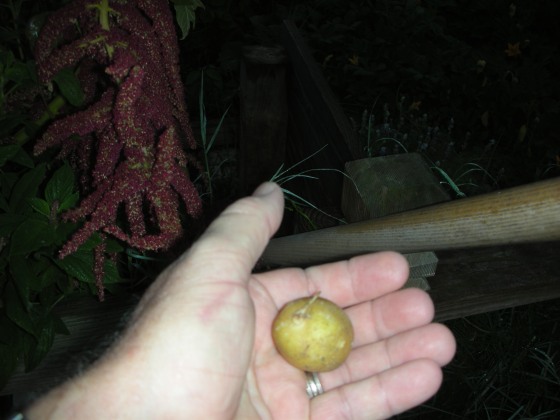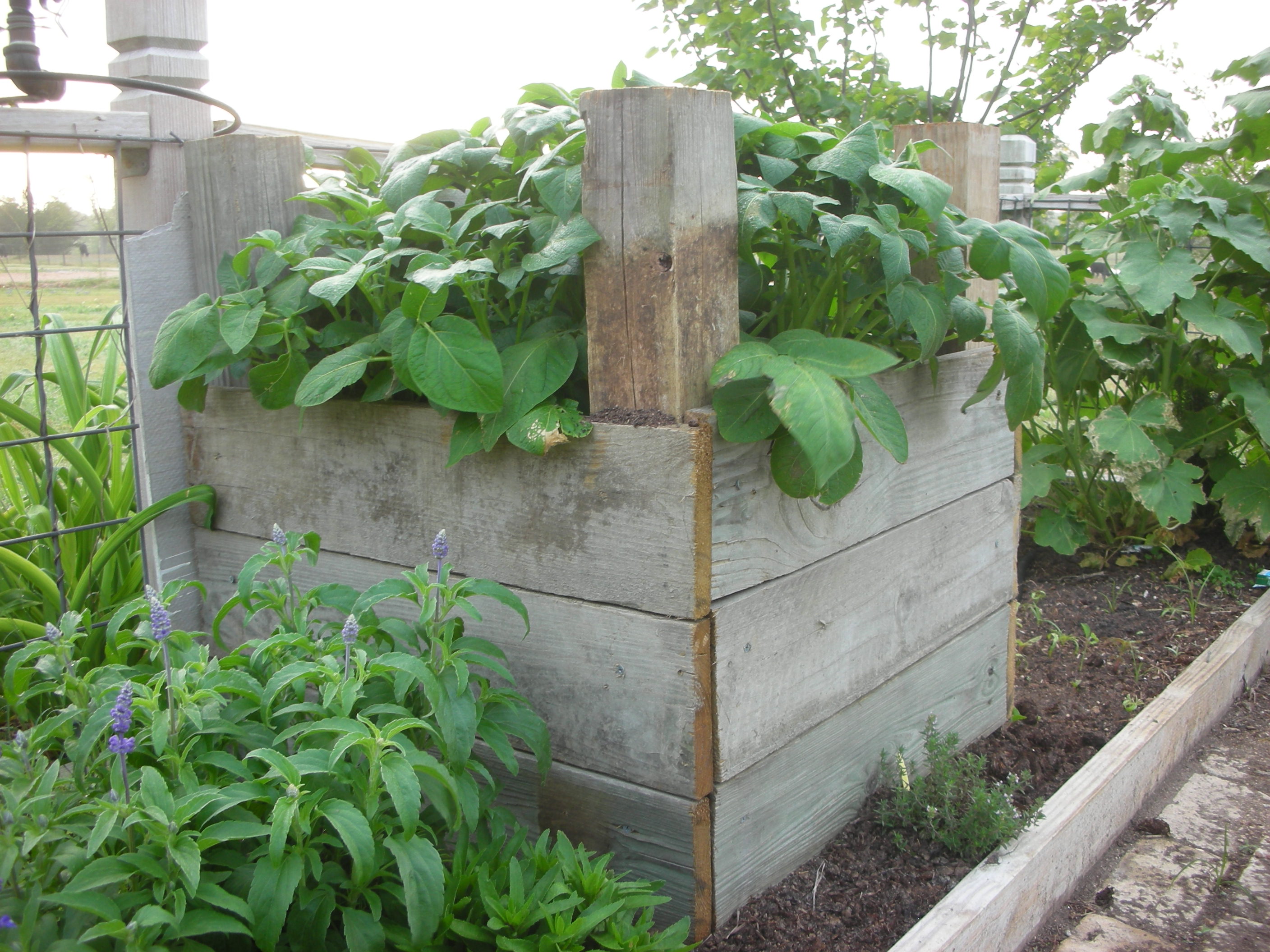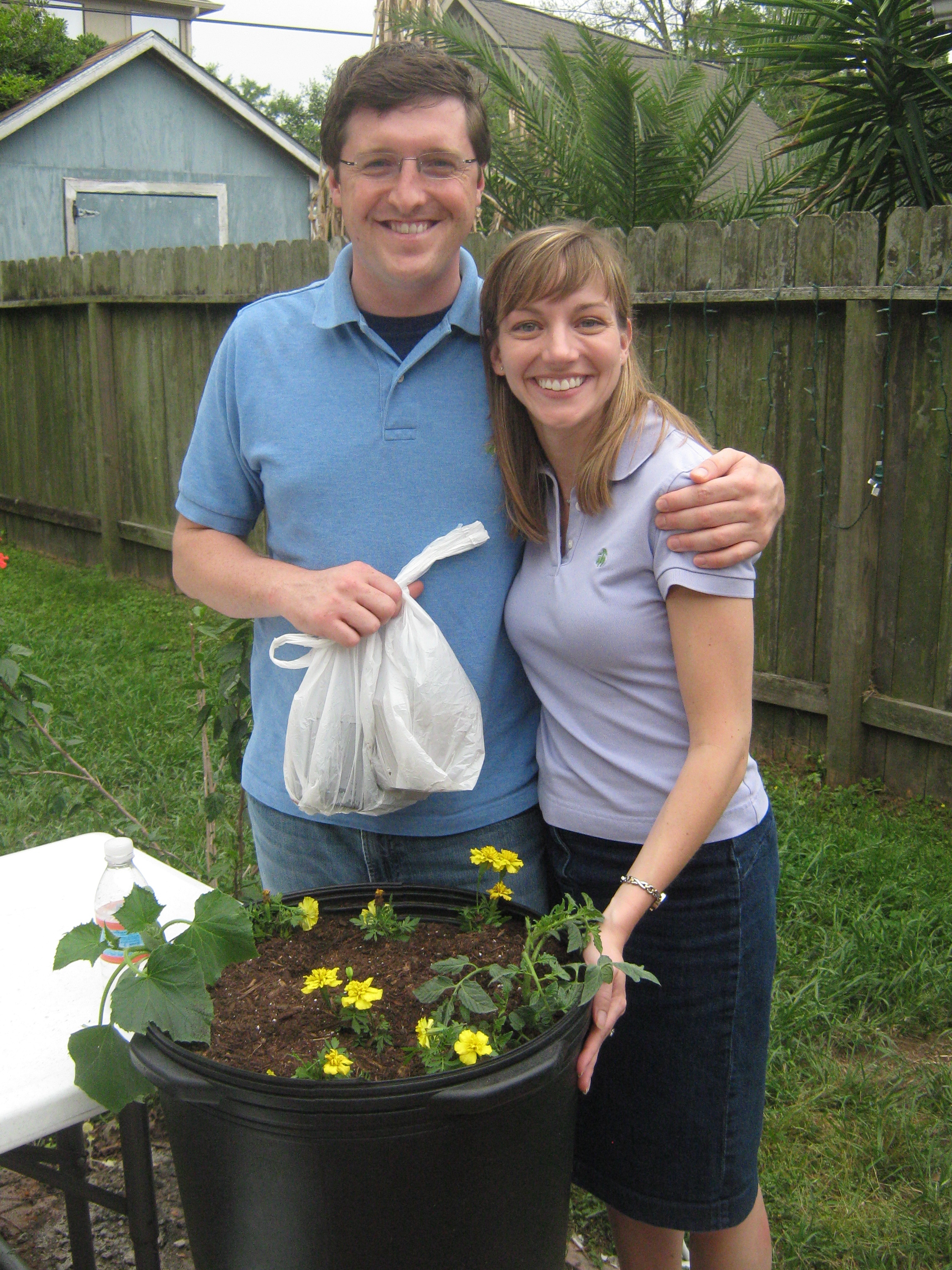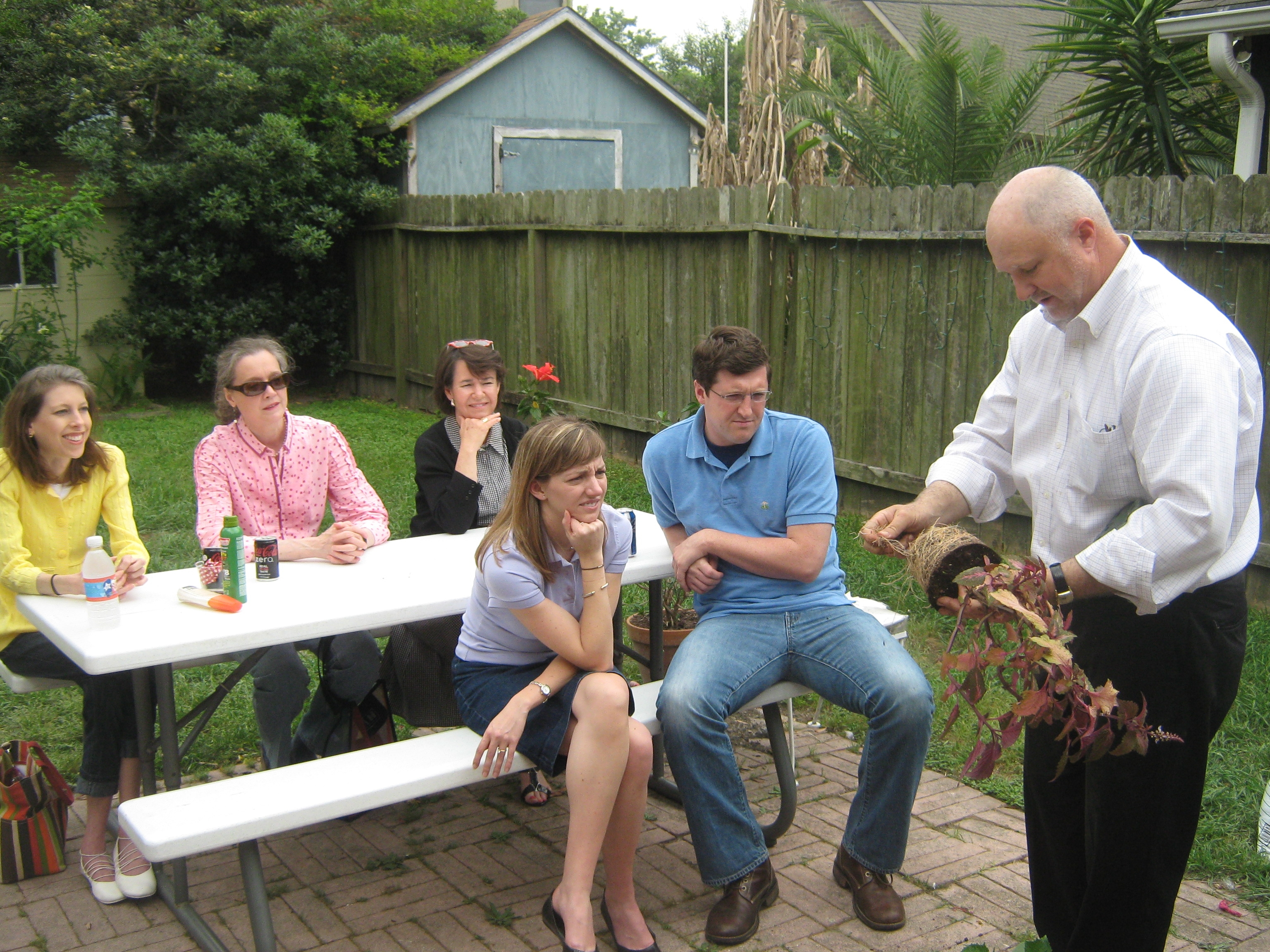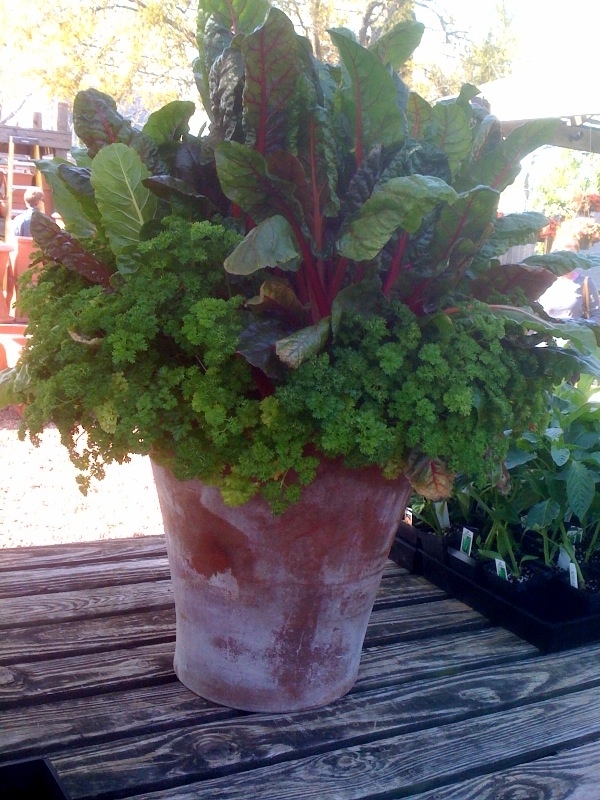This weekend, my wife and I were returning from my 30th class reunion in Waco. On the way home we passed through Cameron, Texas . Cameron is a charming little town full of friendly folks and beautiful Victorian homes. It is also the county seat of Milam County. Since we love old homes and old courthouses, we decided to ride around and do a little exploring. We quickly found our way to the courthouse and happened on two very fortuitous finds.
Girl’s Tomato Clubs – Our first “find” was a state historical sign that was erected to honor the accomplishments of Mrs. Edna Westbrook Trigg and the Girl’s Tomato Clubs of Texas (for more information check out my article in Hort Update). Exactly one hundred years ago, Mrs. Trigg started the first all girl agricultural clubs in Texas. These clubs were established as a way to introduce rural youth to the latest in agricultural practices. There were several of these types of clubs throughout the south during this time and they were collectively called “canning clubs”. According to Marie Comer (founder of the Girl’s Tomato Clubs in South Carolina) these clubs were established to “not learn simply how to grow better and more perfect tomatoes, but how to grow better and more perfect women.”
From the start, these clubs paid special attention to improving the heart, head and hands of the members. If you recognize that last phrase, you should. It is the original motto of 4H. I add this because these “canning clubs” were the precursors of the modern 4H organizations that we are all familiar with.
Hymenocallis – The other thing that I “discovered” in Cameron was an incredible hedge of hymenocallis growing around the perimeter of the Milam County Museum. This museum is the old county jail. During its operation, it housed both inmates and the family of the county sheriff. Today it is furnished much like it was before it became a museum. The museum had three incredibly beautiful borders filled with a very beautiful variety of hymenocallis.
Hymenocallis is a large scale plant. Some varieties can reach four feet. They have large, smooth, glossy, deep green foliage that looks great even when the plant is not blooming. The flowers are large, white cups with long, “spidery” stamens. Some people call hymenocallis spider lily or swamp lily. However, they are not lilies at all. Hymenocallis are members of the same plant family as amaryllis. There are 63 varieties that are native to the tropical areas of the Americas. One variety of interest to us in the Lone Star state is called the “Texan Spider Lily” (Hymenocallis liriosme). The “Texan Spider Lily” has large white flowers with yellow centers and blooms throughout the summer.
You can plant Hymenocallis bulbs in the spring or the fall. They should be planted 4” to 6” deep with the neck of the bulb exposed. Space the bulbs 1’ apart in full sun or partial shade. They like well drained soil that has been deeply worked with organic material. Water regularly but do not over water. 1” per week should be fine. Hymencallis also do well as potted plants.
If you have never been to Cameron, you should make time to visit. It is a lovely community that is close to Waco, Temple, Bryan-College Station and of course, Brenham. In addition to the museum, Cameron hosts the annual Dewberry Festival in the spring. It also has several antique bridges, a miniature model of the city, and many large scale murals on downtown buildings. It is also home to Ideal Poultry. They are the largest producer of backyard poultry in the country. So, if you are looking for something to do on one of these last hot summer weekends, load up the camera and head to Cameron. Who knows what you will find!

















